
Veterinary physiotherapists are trained to relieve chronic pain, enhance performance, and help prevent injuries that occur in horses. The aim is always to increase functionality and quality of life. These practitioners design therapeutic, rehabilitative and conditioning programmes based on their assessment of the patient, as well as the diagnosis from the veterinarian.
It is important to note that veterinary physiotherapists can add quality and value to your horse’s future performance if therapy starts at an early age.
THE YOUNG FOAL
Mild deformities, imbalances in gait patterns and overall weaknesses are often overlooked in the very young foal. However, it is essential that a veterinarian assess your foal as soon after birth as possible to note these issues. Most mild cases and problems will self-correct with limited exercise, but in more serious cases, early detection and active therapy can improve the chances of complete recovery and attainment of full functionality in the future.
Therapy options in young animals may include, but are not limited to, controlled exercise; bandaging; electrotherapy; Kinesio Taping; the use of mobilizations; and the employment of manual techniques like massage and unwinding. All of these must be done in conjunction with veterinary treatments that include, for example, splints, casts and pain management options. In some cases, farriery and surgery goes hand in hand when it comes to correcting deformities like contracted tendons.
This story is from the October/November 2019 edition of HQ magazine.
Start your 7-day Magzter GOLD free trial to access thousands of curated premium stories, and 8,500+ magazines and newspapers.
Already a subscriber ? Sign In
This story is from the October/November 2019 edition of HQ magazine.
Start your 7-day Magzter GOLD free trial to access thousands of curated premium stories, and 8,500+ magazines and newspapers.
Already a subscriber? Sign In
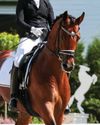
The Science Behind Tapering
The science behind tapering
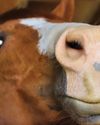
Horse Treats
The ultimate guide

Horsey Hair Care
Tips and tricks for a healthy mane and tail

Horsey Hydration- The Importance Of Water In Winter
The importance of water in winter

A Horseback Safari
Abelana Game Reserve

The Psychology Of Riding Performance
Intrinsic motivation, part 7
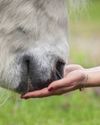
10 Best Life Lessons From Horses
Life lessons from our horses

Breaking New Ground
The evolution of the Callaho Online Auction
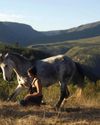
Horse Psychology 101
Part 3: The horse's cognitive abilities
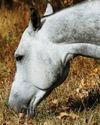
Colic Part 1
An owner’s worst nightmare